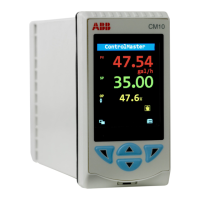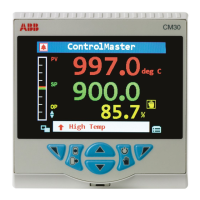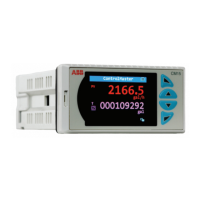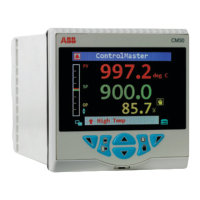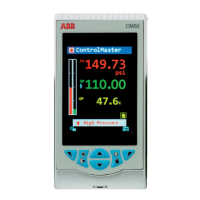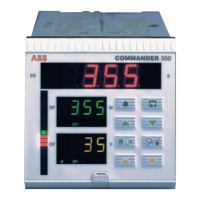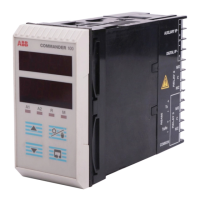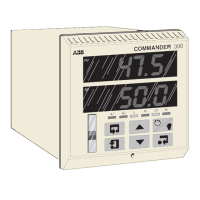17.0 EASY-TUNE
The EASY-TUNE algorithm is used to help determine the optimal tuning values for the Proportional
Band (PB), Integral (TR), and Derivative (TD) parameters (called PID constants) of each Controller
Module 0 through 3 (CON0-3). The datapoints for these parameters are summarized in Table 17-1
as follows:
Table 17-1. Summary Information for Tuning Parameters
Abbr. Datapoint (CON0, 1, 2, 3) Min. Affect Max. Affect Parameter
P.B. C106, C142, C178, C214 1000% 2% Proportional Band
TR C107, C143, C179, C215 200 min./rep. 0.02 min./rep. Reset
TD C108, C144, C180, C216 0.01 minutes 8 minutes Rate
This section provides the necessary information to initiate the EASY-TUNE sequence, to identify
the EASY-TUNE parameters, to evaluate the return status indications, and to modify the tuning cri-
teria.
17.1 GENERAL CONSIDERATIONS
•
A controller functioning in a process as a pure integrator can not be tuned with EASY-TUNE,
as there is only one PID value which eliminates the possibility for controller self regulation.
•
For processes with slow variable changes, be sure the Process Variable is at a steady state
before initiating the EASY-TUNE sequence.
•
Disturbance to the process during the EASY-TUNE sequence may result in a false process
characterization.
•
In some applications, a process response may not be satisfactory approximation as a first or-
der time lag with gain and dead time.
17.2 INITIATING THE EASY-TUNE SEQUENCE
The EASY-TUNE algorithm is initiated when datapoint B008, Background Program, is set to
1
.
Datapoint B385, Control Module Selector, must be set to the appropriate CON Module number for
the PID parameters being tuned (CON-0 = 0, CON-1 = 1, CON-2 = 2, and CON-3 = 3).
17.3 EASY-TUNE PARAMETERS
The EASY-TUNE parameters that must be configured to initiate the EASY-TUNE sequence are
items 1, 3, 4, and 5 through 10 in Table 17-2. If using the 53MC5000B controller, some of these
parameters also appear under the SYSTEM MODULE as shown in Table 5-15.
Section 17. EASY-TUNE
17-1
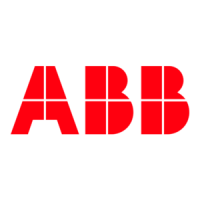
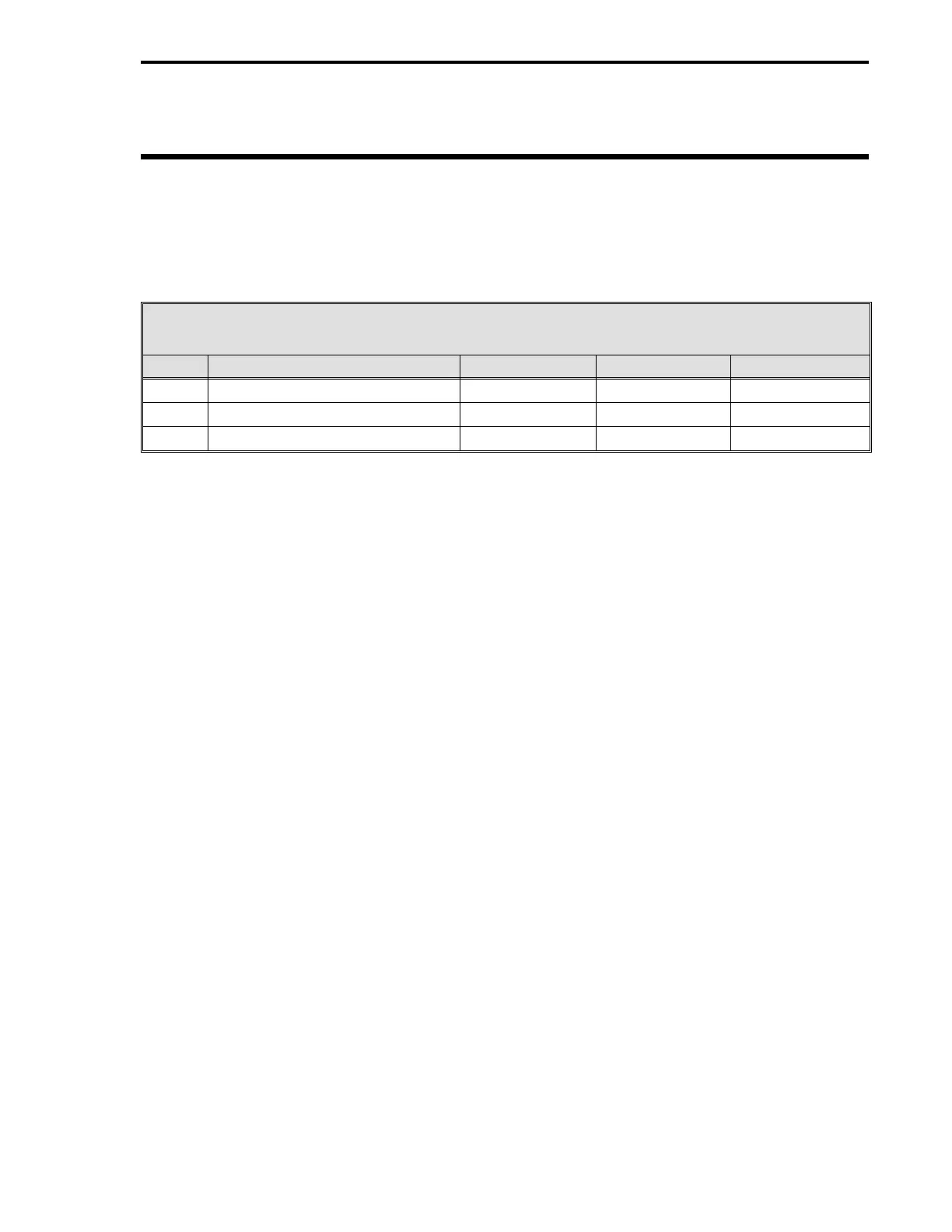